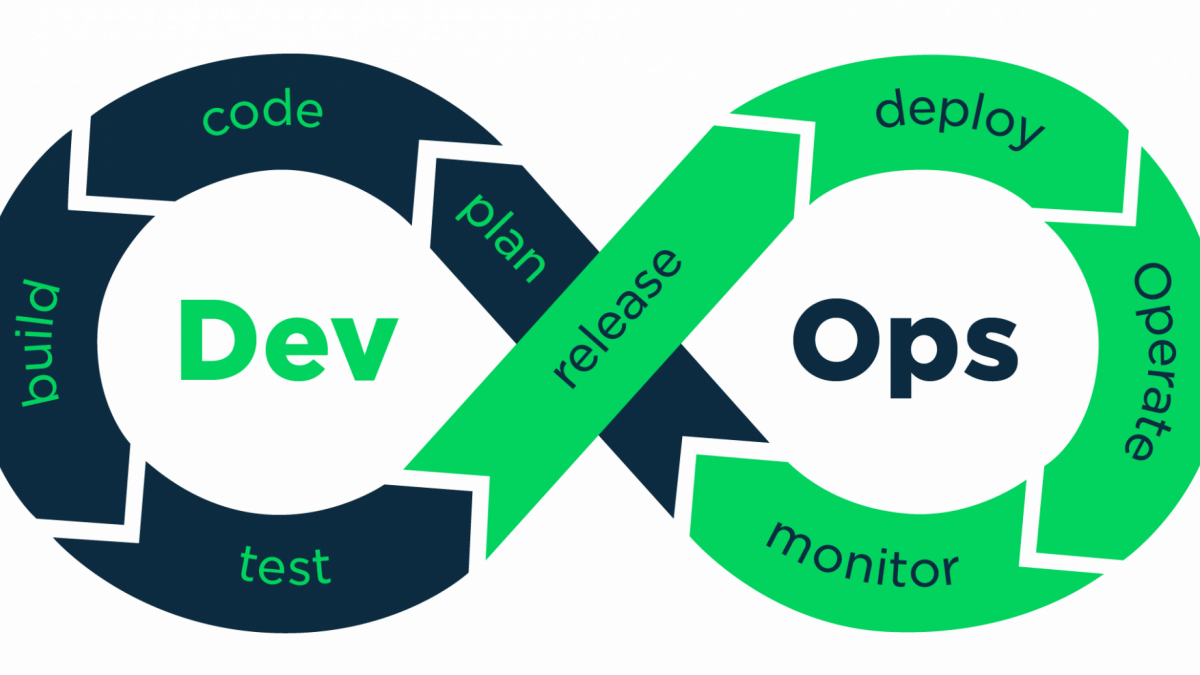- Mail:
- info@digital4pro.com
DevOps turns 10

Reti geografiche wireless: Organizzazione delle reti cellulari
17 Febbraio 2020
DevOps compie 10 anni
24 Febbraio 2020DevOps, or the synthesis between the development of a product or service (Development) and the activities of commissioning and managing these (Operations), is ten years old. Let’s see the story.
It was in August 2008 that, at the Agile Development Conference in Toronto, Patrick Dubois proposed a speach entitled Agile Infrastructure & Operations where he proposed the extension of agile methods for software development to the systems and network world (http://www.jedi.be/presentations/agile-infrastructure-agile-2008. pdf).
In June 2009, at the 2009 O’Reilly Velocity conference, John Allspaw and Paul Hammond – Flickr employees – presented a speech entitled 10 deploys per day – Dev & ops cooperation at Flickr. It is then in November 2009, that, again Patrick Dubois, organizes the first DevOps Days conference in Belgium.
The acronym DevOps became popular in 2014 thanks to the book The Phoenix Project published by Gene Kim, George Spafford and Kevin Behr.
It Gene Kim again, this time with Nicole Forsgren and Jez Humble, that published in 2018 a research conducted since 2013 on the practical use of DevOps. The text, entitled Accelerate: The Science of Lean Software and DevOps, aims to scientifically frame the movement demonstrating the importance of the DevOps principles application in the production chain and management of IT services.
DevOps is an approach to the IT services, which, through the promotion of close collaboration between programmers and systems engineers and through the application of practices for agile software development to the processes of operations, aims to satisfy business needs in terms of speed and quality.
After ten years, one thing is certain: through the fusion of development, integration, testing, delivery, monitoring and management, DevOps changes not only the way that organizations work, but also their organization itself.
Bibliography:
- https:// www.youtube.com/watch?v=LdOe18KhtT4
- https://devopsdays.org/blog/2009/11/11/devopsdays-2009-belgium-a-great-success/
- John Allspaw, Paul Hammond, 10 + Deploys Per Day: Dev and Ops Cooperation at Flickr, O’Reilly
- Media Inc., giugno 2009 (https:// www.youtube.com/watch?v=LdOe18KhtT4).
- Patrick Debois, Agile Infrastructure & Operations, Agile 2008 Conference (http:// www.jedi.be/ presentations/ agile-infrastructure-agile-2008. pdf).
- John Willis, Patrick Debois,Jez Humble, Gene Kim, The DevOps Handbook, IT Revolution Press 2016
- Harvard Business Review – Analytics Services, Competitive Advantage Through Devops, Harvard
- Business Publishing 2019, pp. 1, 2 (col. 2), 9, 5, 6, 13 (https:// hbr.org/ resources/ pdfs/ comm/google/ CompetitiveAdvantageThroughDevOps.pdf).
- DevOps Guida per integrare Development e Operations e produrre software di qualità, APOGEO,
Fabio Mora




